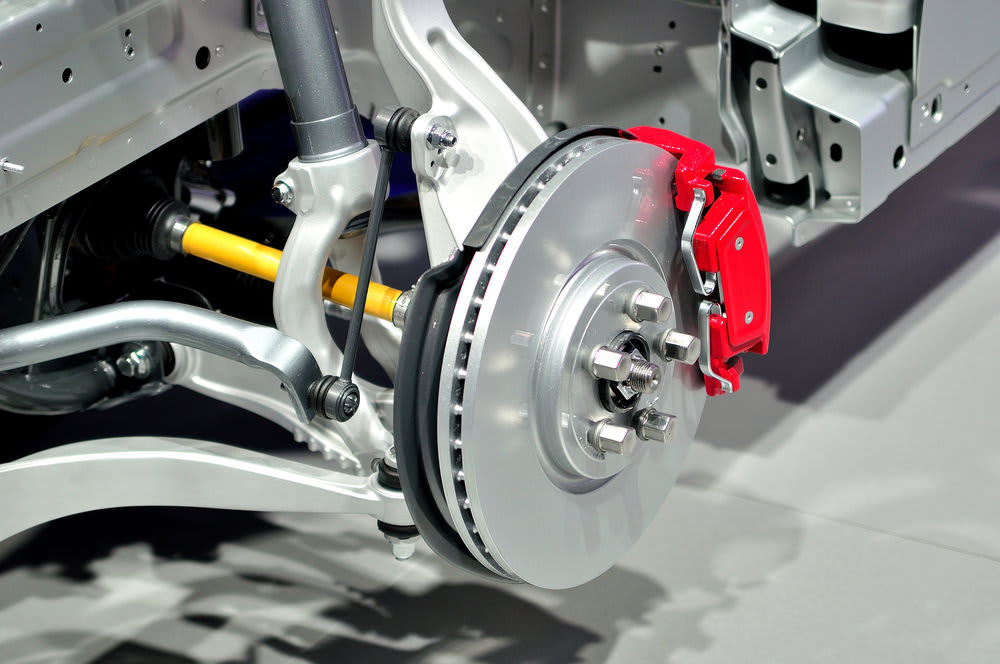Thanks to technology, modern braking systems are very efficient. Using sensors, computers, and other engineered parts, they can safely bring a car to a halt. Due to the changing trends, some vehicles use drum brakes while others use disc brakes. But the question is, which of these two is the best at stopping a car safely? Look at these Stromag brakes to understand drum versus disc brakes clearly.

The Drum Brakes
It has a small round drum with pistons and two brake shoes. This drum rotates closer to the vehicle’s wheel. Once a driver presses the brake, pressurized fluid is sent to the drum, which pushes the piston to the brake shoes. The action creates friction, which brings the vehicle to a halt.
In comparison to disc brakes, the drum brakes are cheaper. The cost difference reflects on the purchase price of a new vehicle. With the low cost, maintenance expenses are also common.
Well, drum brakes have a share of their shortcomings. For instance, they are less effective in the rain or other wet conditions. Further, the friction that causes a car to stop generates lots of heat. Even worse, the braking system does little to handle the heat. As such, these brakes are more prone to fading and other braking damage.
The Disc Brakes
These brakes consist of two brake pads, a caliper, and a flat motor rotor. The rotor spins in tandem with the vehicle’s wheel. Once the driver applies some brakes, the caliper exerts pressure on brake pads onto the rotor, resulting in friction that stops the car.
Unlike drum brakes, disc brakes have less possibility of fading. That’s because they’re good at handling the heat from the said friction, resulting in better brake performance.
The flat motor rotor repels water; if it comes into contact with water droplets, the brake pads wipe them out. As such, the disc brakes are favorable for all weather, including driving in rainy weather or other wet conditions.
Disc brakes have a lower chance of locking up. That’s because they operate linearly and straightforwardly.
Disc brakes are pricey than drum brakes—which in a higher cost for the initial purchase. Well, the same applies when undertaking the maintenance.
How to Minimize Costs
In new vehicle models, front wheels play a vital role in braking. Therefore, disc brakes are more common in these vehicles. Well, some cars use disc brakes on all four wheels. Cheaper vehicle models use a drum braking system on the rear wheels.
But there’s a challenge if all the wheels use a drum braking system. If this happens to be your vehicle, consider changing the front or rear wheel braking to disc brakes. With the advancement in technology, it’s now possible for vehicle owners to make this change.
Conclusion
Disc braking systems are more effective when considering disc-to-drum brakes. That’s because they deliver quality braking in all weather conditions. However, drum brakes offer a cost-benefit, and thus, people still use them to date. Depending on your budget, you may choose either or combine the two.

